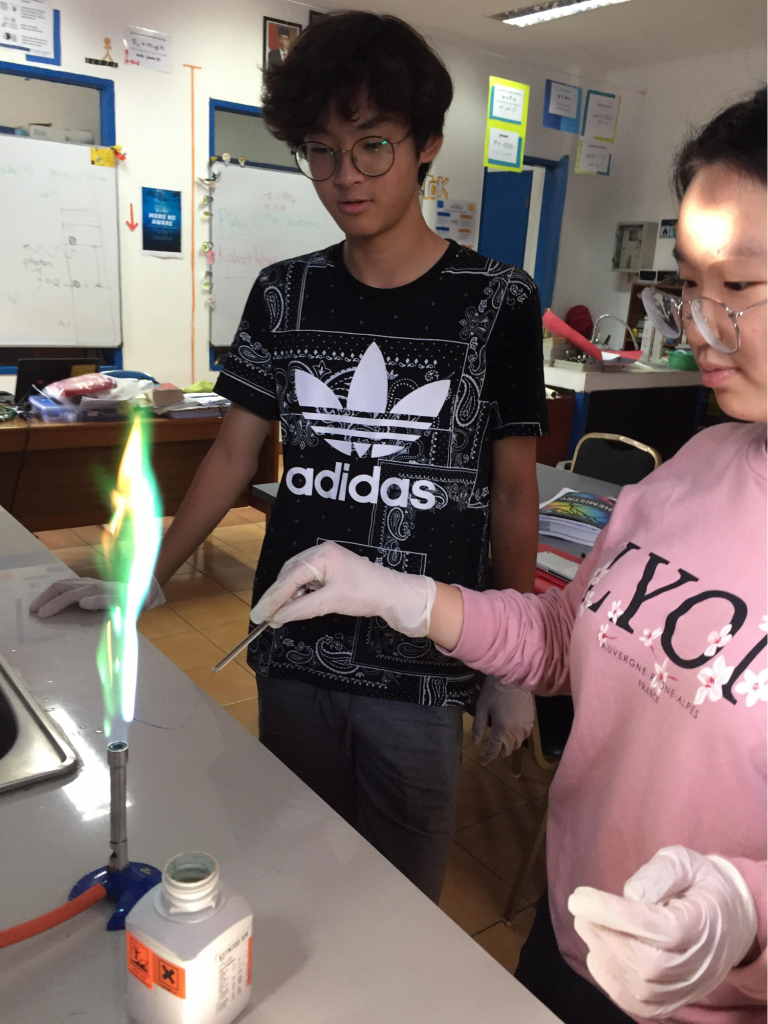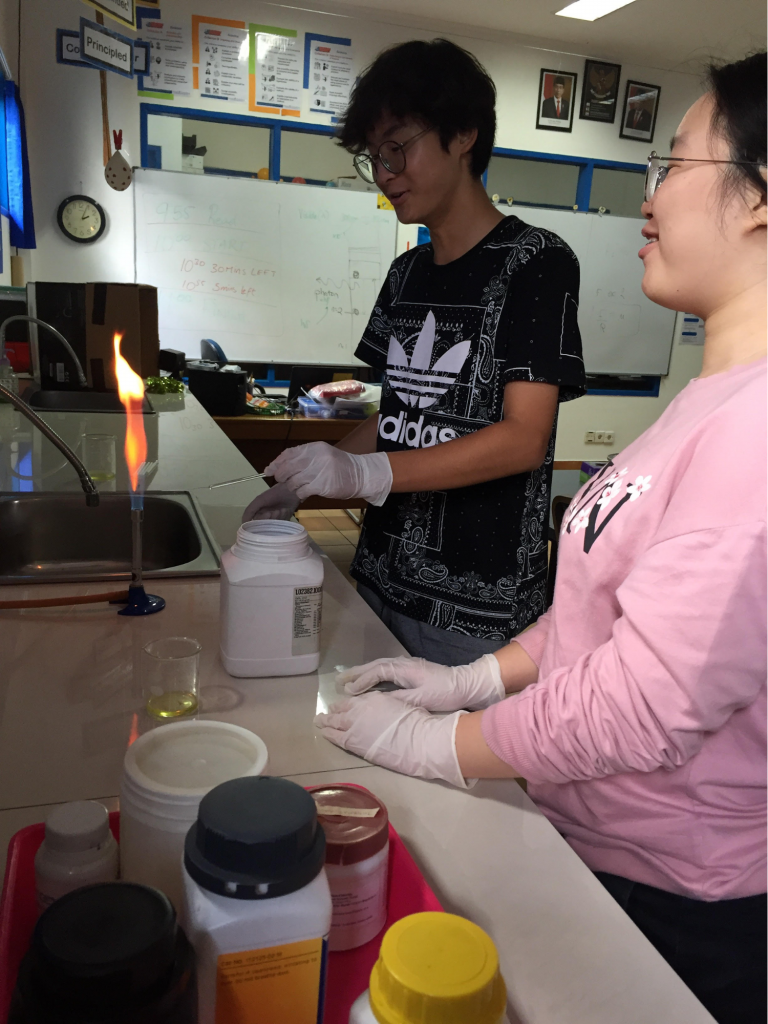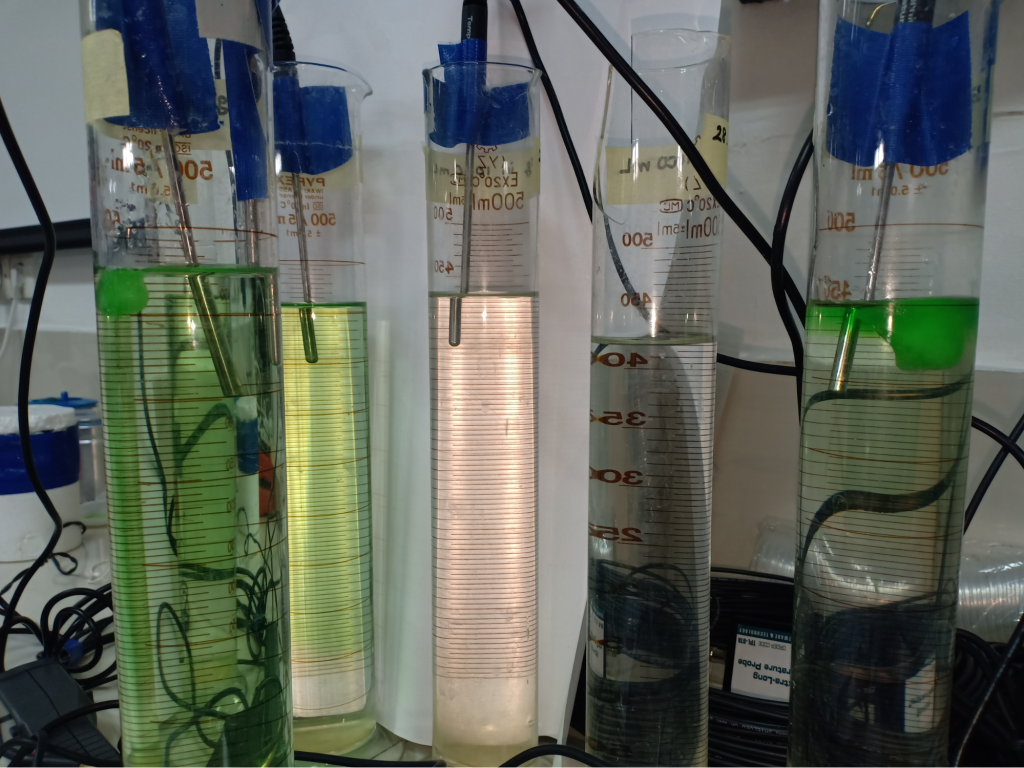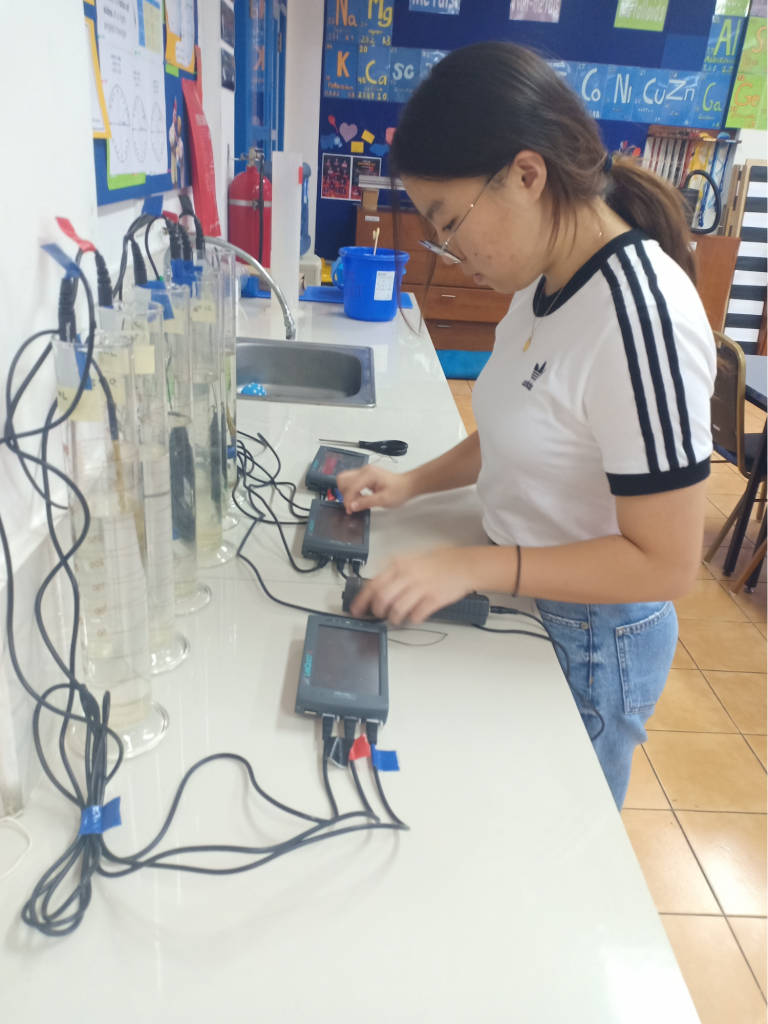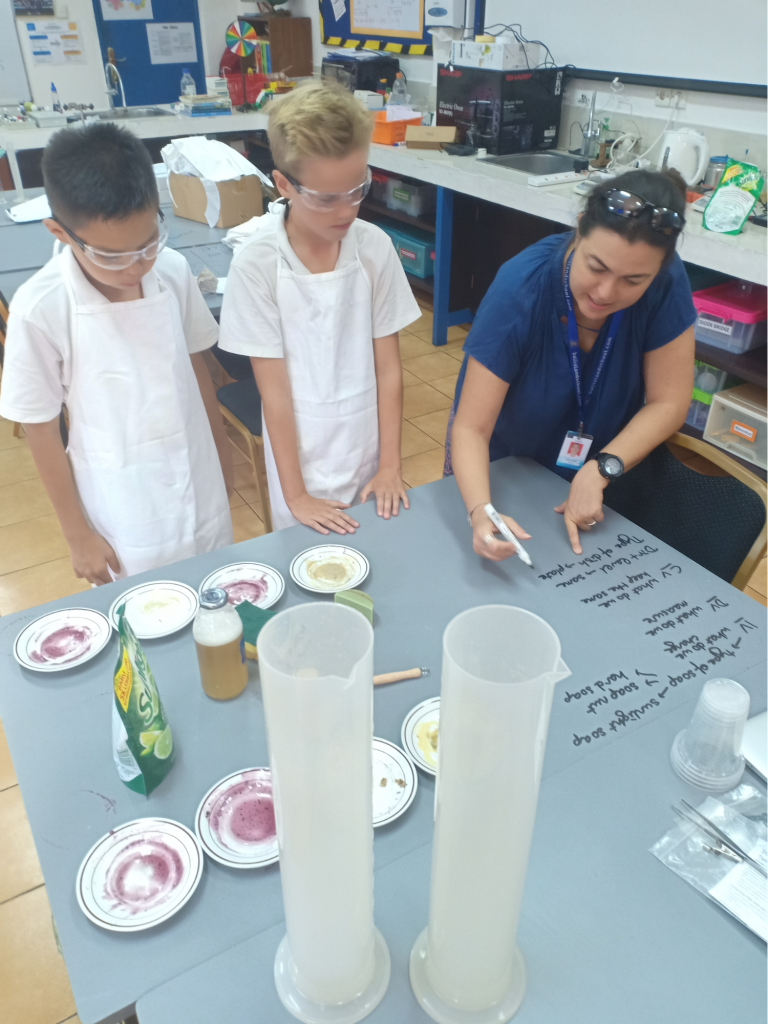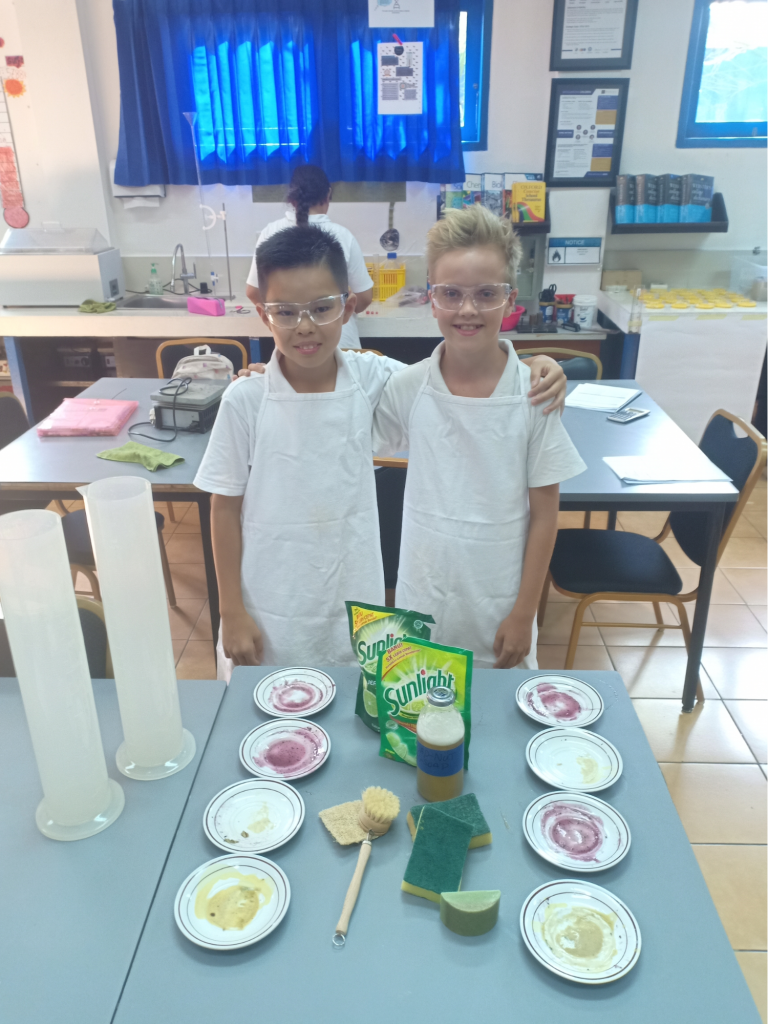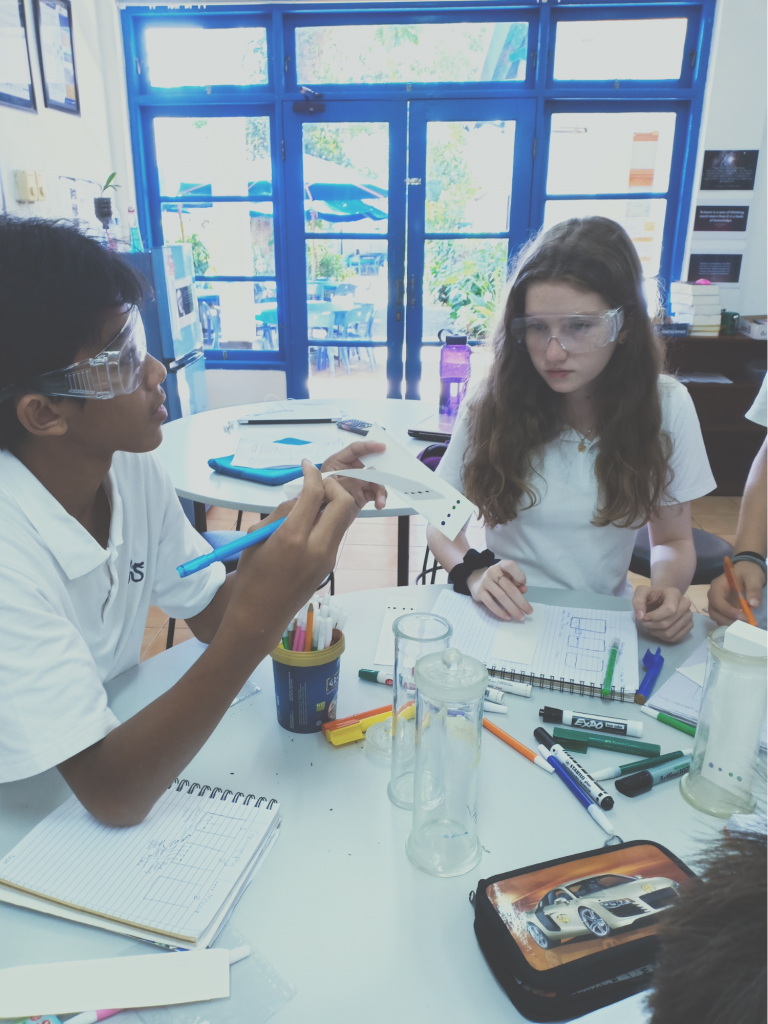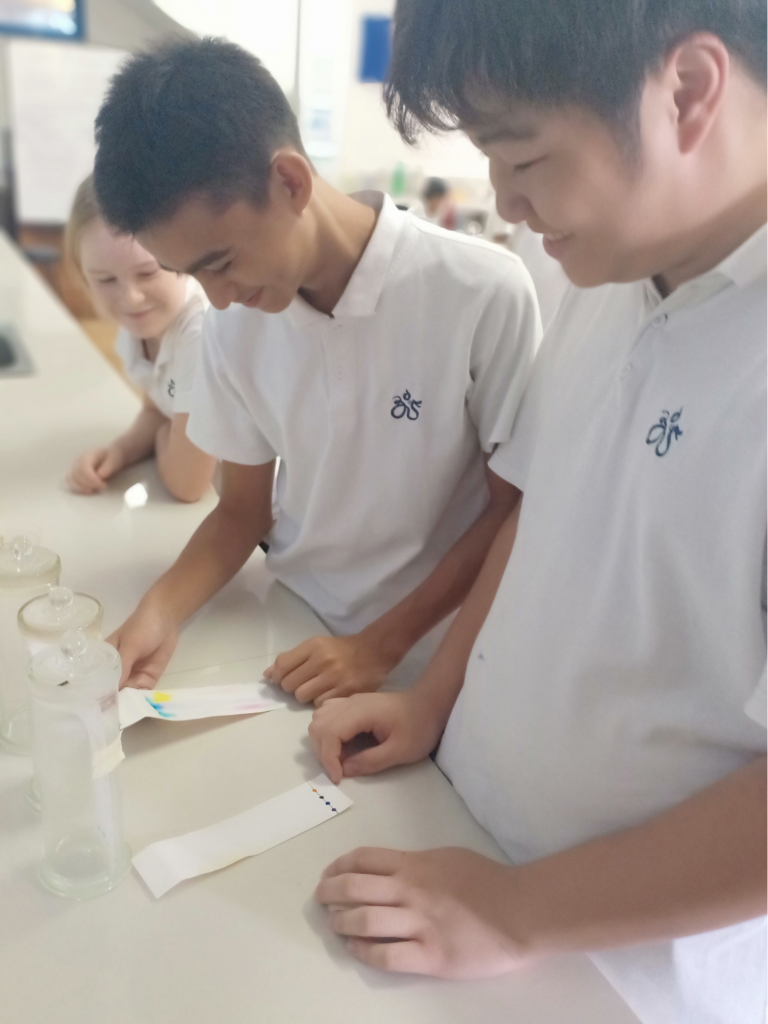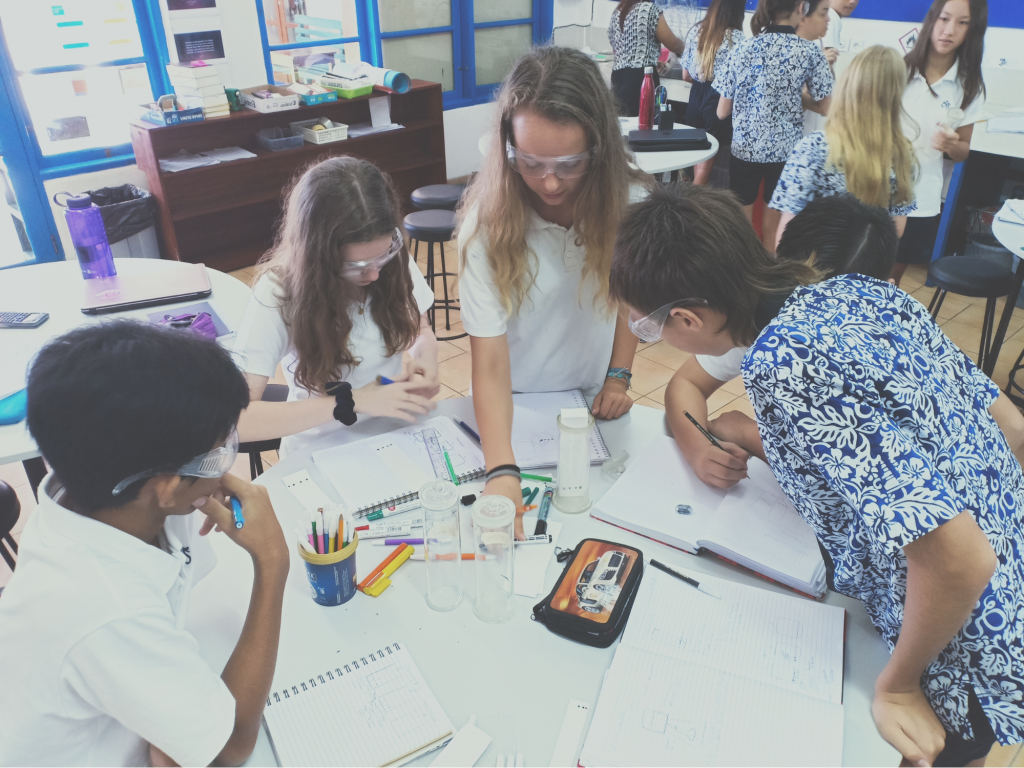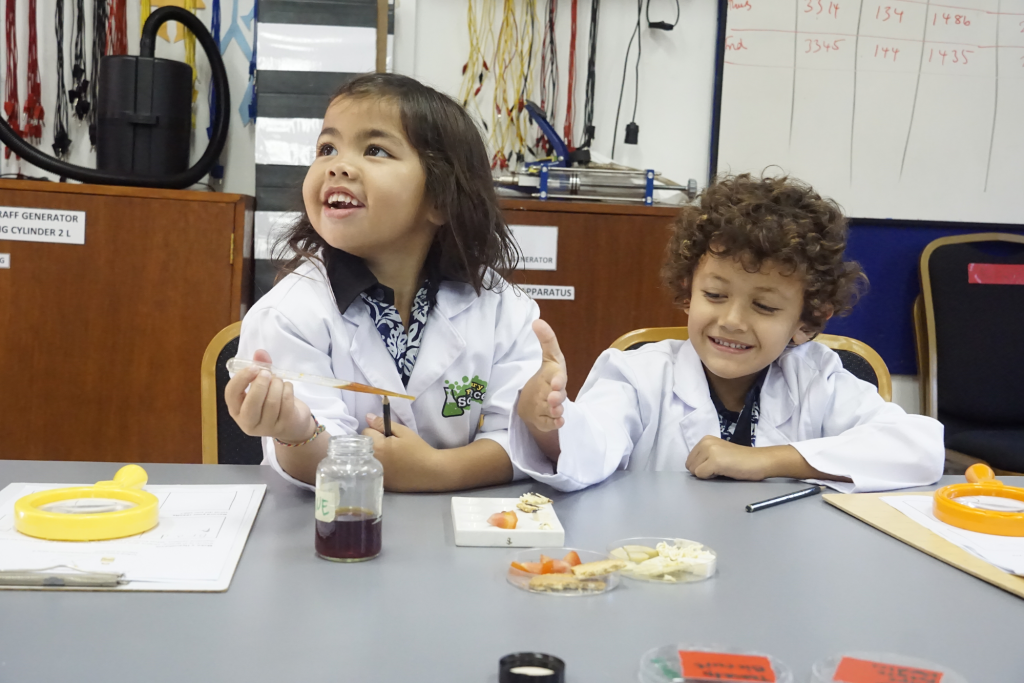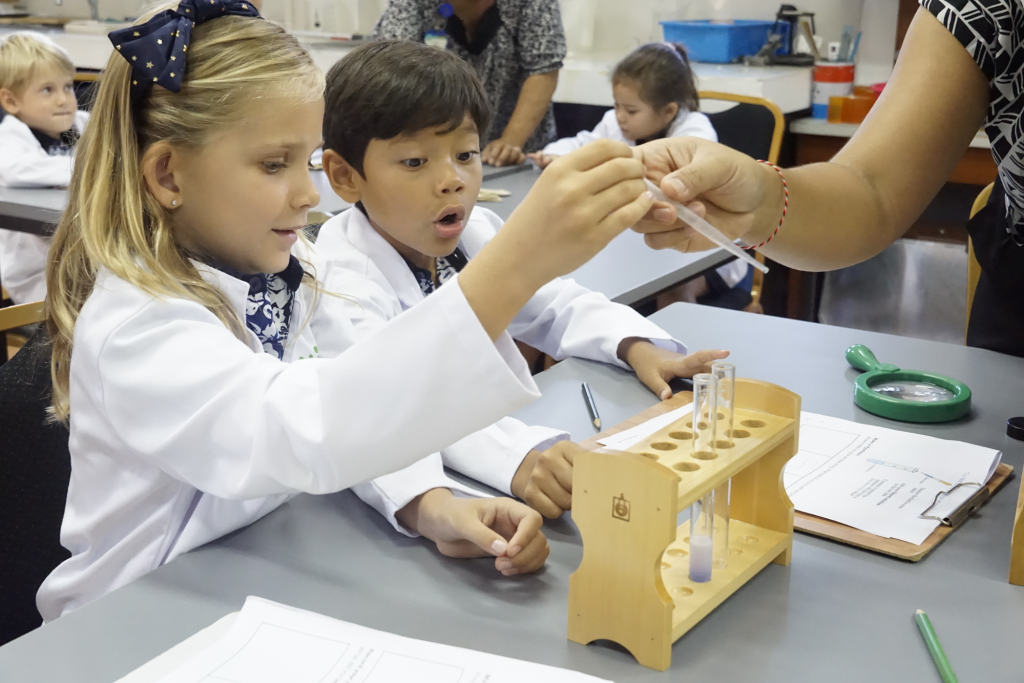Secondary Newsletter 19 – December 6, 2019
Dear Parents,
We have had plenty happening in Secondary this week. Teachers are busily grading assessment tasks and preparing reports which will be sent home on Thursday, December 12. The volleyball seasons are winding up and we have the BSSA senior finals next Thursday. Thank you to the parents who pre-ordered BIS Hoodies for their children. From next term, other non-uniform tops will not be allowed.
A reminder to contact the teacher directly if you have any issues with your child’s learning. If you do not arrive at a satisfactory outcome please include me and I am very happy to assist after this initial step has been taken.
You are all invited to our whole school assembly next Friday beginning at 11 am on the covered courts. We will have performances by primary and secondary students and I believe some parents and teachers will also be singing some carols. School will conclude by 12 pm.
Ross Ferris – Secondary Principal
CAS Corner
Swim Coaching – Recap of Lesson
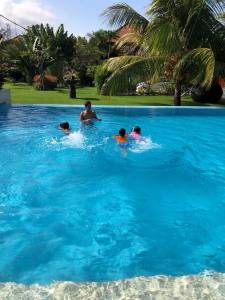
For the last two lessons, the kids have been focusing on all the things we have covered so far, to make sure the kids are actually learning and developing their skills the way I would like them too. So in today’s lesson I finally started the routine I introduced to the kids two weeks ago, which from now on every lesson the kids will do. After that, I introduced something new to the kids called diving because I wanted to show the kids what we will start working on for the upcoming lessons and I wanted to know what level the kids were at in terms of their driving agility. After all of this, I let the kids do some races against each other for 3 different strokes because they wanted to see who was the fastest.
Identify own strengths and develop areas for growth
In today’s lesson, I was able to identify my strengths and areas of which I need to improve on. My strength today was my knowledge because over the last couple of months I have been learning about the kids and the different levels of swimming they are at, so using my knowledge on where the kids need help I was able to improve on their endurance and core strength, through the routine I created. However, the area I must grow on for next week is my energy level because in today’s lesson I was very tired, due to lack of sleep over the last week, which affected the amount of energy and enthusiasm I usually have with the kids.
Show commitment to and perseverance in CAS experiences
So far I have really been enjoying having the opportunity to teach these kids and hopefully improve their overall swimming agility so that they can be more prepared for the upcoming swimming season. For the last 6 lessons, I was able to prepare a lesson prior to each lesson and be committed to the kids by not showing up late to lessons, or canceling lessons. Also despite having difficulties with teaching the kids sometimes I plan on staying committed and persevered.
Demonstrate how to initiate and plan a CAS experience
In today’s lesson, I was able to start planning ahead for next the upcoming lesson because today I introduced diving to the kids, an area of swimming which I would like to try to start teaching them and hopefully they will get to grips with it. I introduced this to them because I wanted to gain a better understanding of the kids and the level the kids were at, in terms of their diving abilities. By introducing diving this lesson, I now have an understanding of how good the kids are at diving and now I can plan ahead on drills which I can do for the upcoming lessons to help the kids improve their diving.

FIGHT FAKE NEWS

This week, Mrs. Mary MacDonald and I began to teach Grade 7 students about current events and how to recognize persuasion and bias in news articles with the eventual goal of having the students write their own article featuring multiple/different perspectives.
Within this lesson and concept, the realization quickly comes that just is so much that needs to be discussed and exposed and it isn’t really possible to teach Grade 7 students everything they need to know to become expert evaluators of information. Besides teaching the actual format of news articles, there comes with that the need to evaluate news sources themselves, the difference between editorial/opinions and “straight” news (if that even exists anymore) especially when not labeled as such, the techniques and motivations behind persuasion, coded language used to passively influence, how to search for articles on the topic the students have selected to further explore, and much, much more.
These things are taught in various classes and grades at BIS (starting in the Primary school with website evaluation and bibliographic citations and continuing into the MYP with paraphrasing, further citations, exploration of current events, Kahoot reading comprehension activities, a heavy dose research using our trusted digital sources and databases and more) but it simply isn’t possible or reasonable to teach all of it within one unit. It really is a lifelong (as cliche as that sounds) process that takes years of exposure, practice and experience and thousands of hours of reading, searching, watching and interacting with all formats of media to become accustomed to the tone, nuance and language of news stories and the heavy “in between the lines” messaging that is entrenched within “news”. So on the one hand, that is frustrating and intimidating but on the other hand, it is comforting, knowing that while the problem is massive, the solutions can’t be forced into a 90-minute lesson or fixed overnight but that solutions do exist and it is ok to take our time getting to them. Authentic skill acquisition is not a quick process.
I could site as the statistics about how a huge percentage of adults let alone children across the world cannot distinguish between real news or satire or how more than 50% of the world gets their news from one of the social media behemoths or only one source (which is most likely skewed towards their political/subject preference) or showcase after case how data is cherry-picked (and other data excluded) to be able to “make the case” for almost anything and have it presented as cold hard fact. But what’s the point? All that is important is we know “fake news”, slanted media, opinions masquerading as facts and the avalanche of down-right confusing information exists and that we know we must equip ourselves to overcome these challenges as well as to have the perseverance to fight through the noise and find credible information we need to produce quality and make enlightened decisions.
A good place to start is the FIGHT FAKE NEWS page on the BIS Library Resources page, which links to 7 websites where you can find credible evaluations of news stories, social media hoaxes, disinformation and the like as well as detailed analysis and determinations about the credibility and trustworthiness of hundreds of media sources from all over the world. You can look at the day’s main stories on the homepages or search for specific stories/keywords on each of the sites. Used together, these 7 sites will be able to inform you as to the truthfulness and dependence of any information sources you may come across in your research.
This is certainly not the stand-alone answer but it is a good start, and if we can stay disciplined and use these tools every time we are doing serious research, we will have a very strong weapon against disinformation. I look forward to integrating these sources into students’ (and staff) learning on a consistent basis. It is very difficult to fight back against “fake news”, but it is possible and it is happening at BIS.
Mr. Marshall – Librarian
What has been happening in science this month?
G11 – Chemistry: Atomic Structure
Flame tests can be used in laboratories to identify certain metals. The colour of the flame varies for different elements; the colours are due to the excitation of electrons in metals by the heat of the flame.
G12 – Internal Assessment
Our grade 12 students have been busy designing and performing investigations. This component of their subject accounts for 20% of their grade.
Science Club – Sustainability
Science Club students have been working on designing a method to hopefully demonstrate that locally available environmentally friendly soaps are just as effective as detergents that are shipped unnecessary distances and plastic packaged. The students are preparing to take part in a Science Fair that will take place in Bali in February 2020.
G8 – Chemistry: Separation Science
Mixtures are substances made from two or more elements and/or compounds. Our students have been learning about the different techniques that scientists use to separate mixtures into their component parts; techniques such as filtration, distillation, evaporation and chromatography. The pictures show our G8s investigating chromatography; “chromatography”, a term which combines the Greek words for colour (“chroma”) and writing (“graphein”).
PYP visits to Secondary Science
Some of our PYP students came to visit senior science.
Grade 1, investigated the nutrient content of some everyday foodstuff using. While Grade 4, dissected a chicken wing to investigate the motion of bones.

